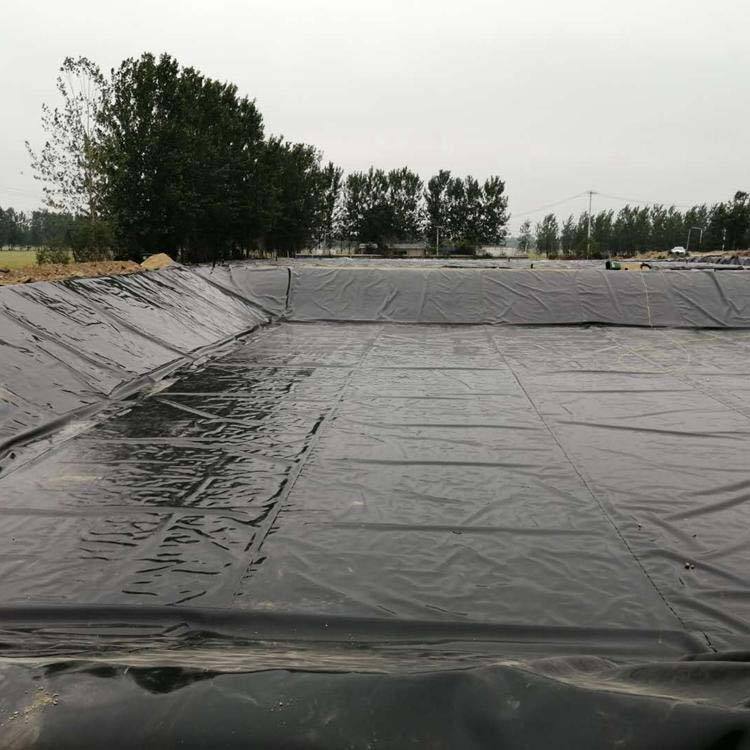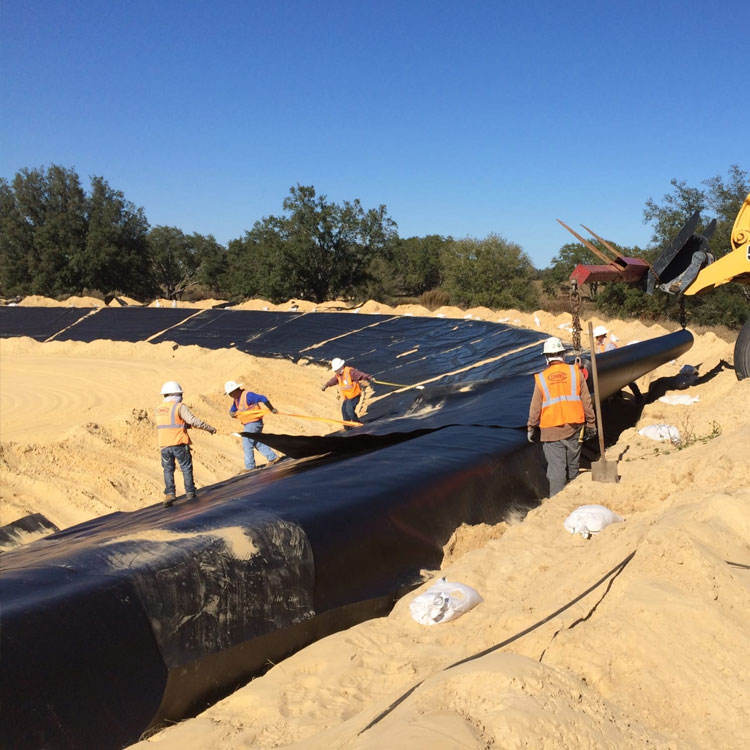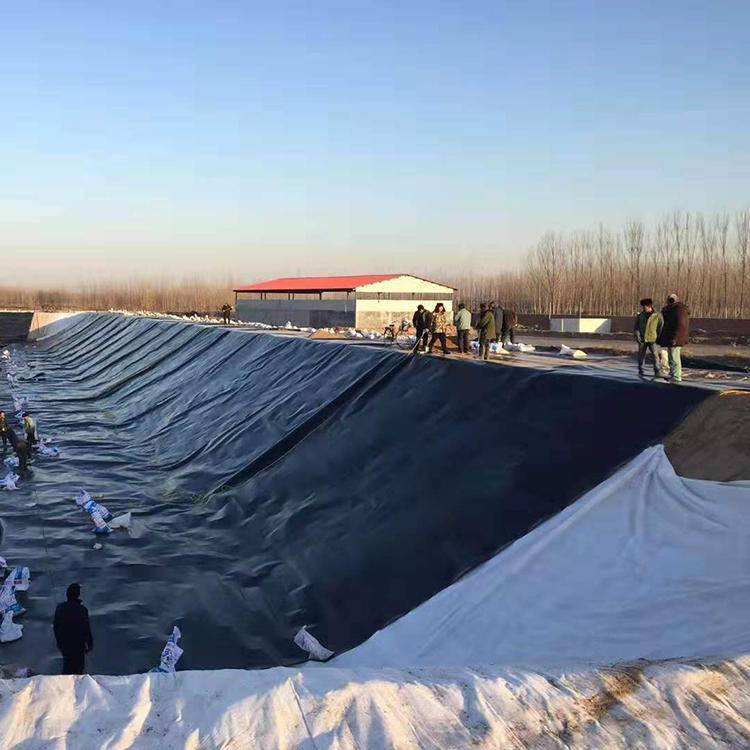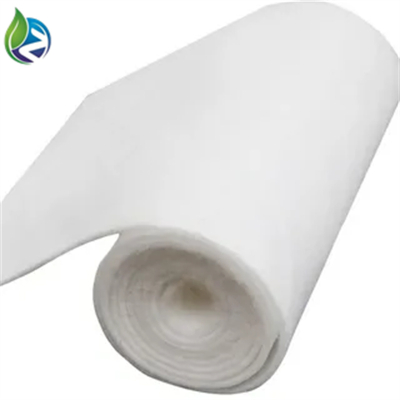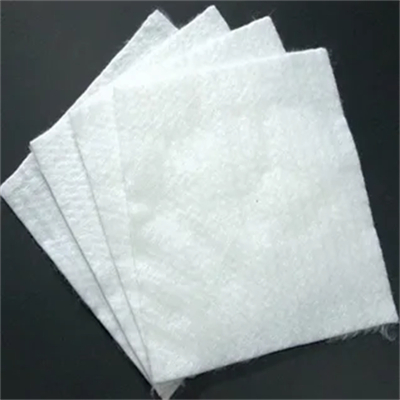The "Market Landscape" of Geomembranes — Demand, Competition, and Environmental Challenges
Geomembranes: Unheralded Guardians with HDPE at the Core
Geomembranes—those pliable, water-impermeable sheets that safeguard ecosystems and infrastructure—have transitioned from specialized materials to unheralded guardians of global progress. They line mine tailings reservoirs to block toxic seepage (often using HDPE geomembrane liner for long-term reliability), cover agricultural lands to preserve irrigation water (where HDPE geomembrane apply to reduce evaporation), seal landfills to contain leachate (with strict HDPE geomembrane specification for chemical resistance), and reinforce dams to protect communities. Behind this understated prevalence sits a growing market: valued at $3.9 billion in 2024, it’s forecast to jump to $6.7 billion by 2033, with a compound annual growth rate of 6.3%. This expansion, though, comes with layers of complexity—it’s propelled by cross-industry needs, molded by intense competition, and limited by urgent sustainability requirements. Here’s a detailed examination of this vibrant sector.
Booming Demand: Global Growth Driven by Regions and Industries
The need for geomembranes is being fueled by a mix of infrastructure expansion and environmental urgency, with high-density polyethylene (HDPE) staying the preferred material for 70% of large-scale initiatives—thanks to the versatility of HDPE geomembrane apply scenarios and the adaptability of HDPE geomembrane specification to diverse conditions. Three key trends shape this upward path:
1. Regional Hotspots Propel Growth
Geographically, the market is divided by unique growth drivers. North America takes the lead in high-end uses, pushed by strict environmental rules—its landfill lining projects alone make up 28% of the region’s demand, with most relying on HDPE geomembrane liner to meet regulatory standards—while the Asia Pacific region leads in terms of volume growth. In Southeast Asia, Indonesia’s construction boom (fueled by a growing urban population) has made it a top importer, with HDPE geomembrane apply in 90% of new commercial building lining systems to prevent moisture damage. India, home to 5,334 dams (447 under construction), relies on localized HDPE geomembrane specification (tailored to tropical climates and soil types) to prevent reservoir seepage, further boosting regional sales.
2. Industry-Specific Needs Take Center Stage
Mining & Construction: Long the largest segment (39.4% of 2024 revenue), mining now demands specialized HDPE geomembrane specification to handle harsh conditions. China’s Jiangxi Yongping Copper Mine, for example, uses a composite HDPE geomembrane liner with an infiltration coefficient of ≤10⁻⁷ cm/s—10x stricter than standard reservoirs—to contain acidic wastewater. Construction’s shift to "green builds" has also expanded HDPE geomembrane apply in wastewater lagoons and stormwater management, where durability and eco-friendliness are prioritized.
Agriculture & Waste Management: Farmers are pairing 1.0mm thin HDPE geomembrane liner with drip irrigation, cutting water waste by 30% and suppressing weeds without herbicides—an efficient HDPE geomembrane apply for arid and semi-arid regions. Waste management, meanwhile, grows at 4.5% annually: as cities expand, landfills require reinforced 2.0mm+ HDPE geomembrane liner (meeting rigorous HDPE geomembrane specification for puncture resistance) to trap leachate, with Europe mandating such liners for all new sites.
Emerging Sectors: Shale gas extraction in Australia and India has created new demand—HDPE geomembrane apply to line fracking fluid storage ponds, with China’s state-backed shale projects driving a 15% year-over-year increase in regional orders for HDPE geomembrane liner that resist chemical degradation.
Fierce Competition: Global Giants vs. Regional Innovators
The market is a battleground between two camps, each leveraging unique strengths to capture share—often differentiating themselves through HDPE geomembrane specification customization and HDPE geomembrane apply expertise:
Global Leaders: Technology and Full-Service Dominance
International firms (e.g., those with headquarters in Europe and North America) control 60% of the high-end market by focusing on custom HDPE geomembrane specification solutions. They invest 8-10% of revenue in R&D to develop specialized HDPE geomembrane liner—such as variants that block volatile organic compounds (VOCs) or withstand Southeast Asia’s extreme humidity. Their edge extends beyond products: they offer end-to-end support for HDPE geomembrane apply, from on-site installation training to 10-year maintenance contracts, making them the go-to for megaprojects like cross-country pipeline linings or North American reservoir upgrades that require precise HDPE geomembrane specification.Regional Players: Localization and Cost Efficiency
Chinese and Indian manufacturers are eroding market share by tailoring HDPE geomembrane apply to regional needs. Indian firms partner with Coal India Limited to produce HDPE geomembrane liner adapted to rocky mining terrain (with a HDPE geomembrane specification for enhanced tensile strength), while Chinese suppliers balance competitive pricing (20% lower than global peers) with improving quality. They export 40% of output to Southeast Asia and Africa, where cost sensitivity reigns, and supply domestic mega-projects like industrial park liners that use standardized yet reliable HDPE geomembrane specification. To avoid price wars, forward-thinking regional players now offer "48-hour rush delivery" and post-installation weld inspections for HDPE geomembrane apply—services that resonate with clients prioritizing project timelines over upfront savings.
Innovation as a Differentiator
Technology is breaking homogenized competition. A Chinese firm’s proprietary HDPE geomembrane liner locking joint system, used in the Yongping Copper Mine, boosted compliance from 95% to 99.8% by combining mechanical interlocking and heat welding—an innovation that redefines HDPE geomembrane apply reliability. Others offer tailor-made HDPE geomembrane specification: one Indian manufacturer produces a membrane with 98% corrosion resistance for chemical wastewater ponds, outperforming generic HDPE and expanding HDPE geomembrane apply to high-risk industrial scenarios.
Environmental Challenges: Balancing Utility and Sustainability
For all its eco-protective uses, the industry faces a paradox: geomembranes themselves pose sustainability risks—especially HDPE geomembrane liner, which dominates the market.
Two issues demand action:
1. End-of-Life Waste: The Recycling Dilemma
HDPE is technically recyclable, but 75% of used HDPE geomembrane liner end up in landfills—many regions lack collection infrastructure for HDPE geomembrane apply waste, and mining sites generate tens of thousands of square meters of discarded liner per project. Even when recycled, the process costs 20% more than using virgin plastic, limiting adoption. By 2024, only 30% of HDPE geomembrane liner contained recycled content (despite doubling from 2020 levels), as meeting strict HDPE geomembrane specification with recycled materials remains a challenge.
2. Regulatory Pressure and the Push for Alternatives
Governments are cracking down: the EU’s Extended Producer Responsibility (EPR) laws force manufacturers to fund recycling programs for HDPE geomembrane liner, while China bans non-recyclable geomembranes in environmental projects—directly impacting HDPE geomembrane apply in public initiatives. This has pushed firms to explore two paths:
Recycling Upgrades: Some companies now collect used HDPE geomembrane liner from construction sites, clean them, and reprocess into new liners or plastic lumber—refining processes to ensure recycled products meet core HDPE geomembrane specification. A European firm recently cut recycling costs by 15% using AI-powered sorting systems for post-use HDPE geomembrane apply waste.
Biodegradable Innovations: Progress has been slow—early bio-based membranes tore easily and lasted just 2-3 years, failing to match HDPE geomembrane apply longevity. But Chinese scientists’ new Schiff base chemistry coating offers hope: it maintains HDPE geomembrane liner-like durability for a decade (meeting standard HDPE geomembrane specification for lifespan), then decomposes naturally, with trials set to begin in 2026.
Conclusion: Growth with a Sustainable MandateThe geomembrane market stands at an inflection point. Its expansion is assured—driven by Asia’s urbanization, global environmental regulations, and HDPE geomembrane liner’s unmatched performance in diverse HDPE geomembrane apply scenarios. But long-term success hinges on resolving its sustainability paradox, especially for HDPE geomembrane specification that balances performance and eco-friendliness.
For manufacturers, the path forward is clear: merge innovation with circularity. Firms that develop low-cost recycling processes for HDPE geomembrane liner, commercialize biodegradable variants that match HDPE geomembrane apply reliability, or embed chemical "barcodes" for easier sorting of post-use liners will win loyalty from eco-conscious buyers. For users, this means access to HDPE geomembrane liner that protect the planet without leaving a lasting footprint—all while adhering to rigorous HDPE geomembrane specification.
In the end, the geomembrane market’s true value lies not in dollar figures, but in its ability to enable progress responsibly. As one industry leader put it: "We don’t just make HDPE geomembrane liner—we build a bridge between infrastructure growth and a sustainable future, by redefining HDPE geomembrane apply and elevating HDPE geomembrane specification for the planet."

